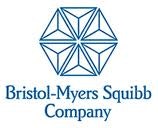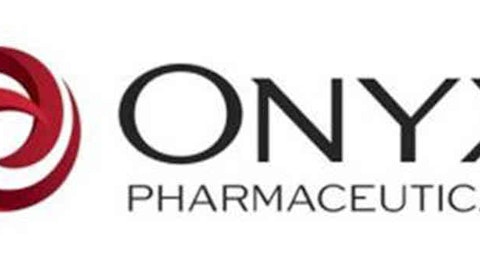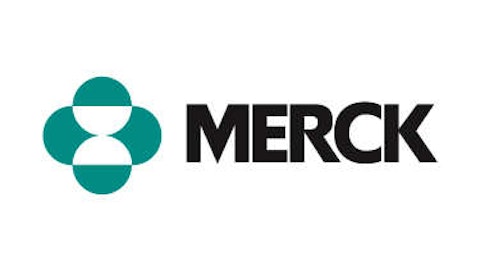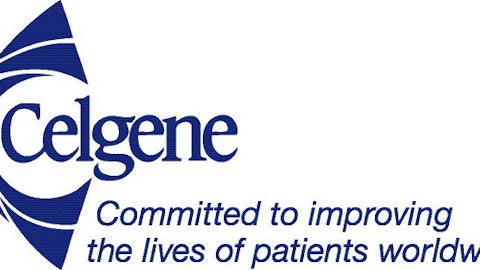Is this the AIDS cure we’ve been waiting for?
According to multiple reports , Harvard researchers Timothy Henrich and Daniel Kuritzkes have recently noted a surprising side-effect to cancer treatments performed on two separate patients who also happen to be HIV-positive.
After undergoing bone marrow transplants to treat cancers of the blood, both men were later discovered to have no trace of the HIV virus left in their system.

Encouraged by the results, the patients have since stopped taking anti-HIV drug treatments. Seven weeks later (for one patient), and 15 weeks later (for the other), the HIV virus has not returned. And while the researchers are hesitant to pronounce the men “cured” — warning that there’s still a risk the virus can resurface even months after initially disappearing — they do cautiously concede that the patients are “doing very well.”
First, do no harm
The doctors’ caution is understandable for many reasons — first and foremost the fear of raising hopes that a cure may have been found for one of the world’s most intractable diseases, only to have to dash that hope later.
Experts also warn that bone marrow transplant is a truly unpleasant experience — and in many cases not a practical solution to AIDS due to the cost and complexity of the procedure.
All that being said, the hope for a cure to AIDS springs eternal, and in this case at least, even the fantastic cost of a bone marrow transplant operation may turn out to be a bargain relative to the cost of treating the disease over a lifetime.
When the treatment is worse than the cure
Consider: According to the National Institutes of Health , what this translates into for a patient living out the projected life expectancy of 24.2 years post-infection is a lifetime cost of up to $618,900 per adult.
That’s the “good” news. The bad news is that other sources put the cost of treating an HIV infection at as much as $5,000 a month, with the bulk of the charges going to pay for drugs.
Should a patient beat the odds, and survive to live out a 50-year lifespan post-infection, that could add up to as much as $3 million in treatment costs. But what if we could cut that figure down by a factor of 15?
That’s the far-off potential suggested by the Harvard transplant results. According to the American Cancer Society , an allogeneic bone marrow transplant from a donor can cost as much as $200,000. That’s hardly cheap, but it’s much cheaper than $3 million.
What does it mean to investors?
One industry for which “cheaper” does not necessarily mean “better” however, is Big Pharma, which makes big money under the current system of “treating” AIDS until death.




